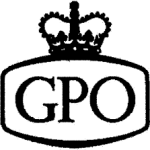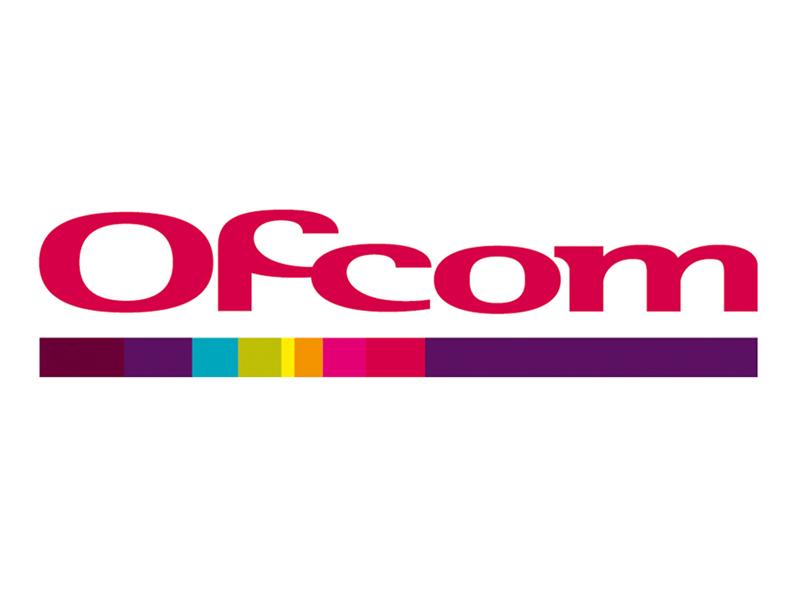Brighton phone users are being reminded to dial the 01273 code for local calls from today (Wednesday 1 October).
Telecoms regulator Ofcom said: “The change is designed to safeguard the future supply of landline numbers in the 01273 area, avoiding the need to change existing phone numbers.
“Callers in the Brighton area who omit the 01273 code when dialling locally will not be connected. Instead, they will hear a message telling them to redial and include the code.”
It said that telephone companies were expected to have implemented the change by late afternoon.
And Ofcom added: “The price of making local calls is not affected by dialling the code.
“The number of communications providers with landline numbers has increased significantly over recent years, leading to more competition and cheaper landline bills for millions of homes and businesses. But it has also led to increased pressure on the supply of phone numbers.
“Currently, Ofcom cannot allocate phone numbers in which the first digit after the area code is 0 or 1, for example, 01273 012 345 or 01273 123 456.
“This is because the network that is connecting the call may confuse the number with other existing dialling codes such as a mobile number beginning with 075 or with a number reserved for special use such as 118 for calls to directory inquiry services.
“Dialling the code avoids this confusion and allows Ofcom to allocate numbers in which the first digit after the area code is 0 or 1.
“This makes almost 200,000 more 01273 numbers available for use.”
Previously people making local landline calls could omit the 01273 code.
Elsewhere, extra capacity has been created by lengthening local phone numbers such as by moving from six digits to seven and giving a corresponding ten-fold increase in capacity.
The old GPO (General Post Office) made a similar change in Brighton and Hove in the 1970s, turning the old five-digit numbers into the six-digit numbers that we use today.
 In 1995 a 1 was inserted into the old 0273 dialling code, with a similar change affecting most of the other dialling codes that had been introduced since 1959.
In 1995 a 1 was inserted into the old 0273 dialling code, with a similar change affecting most of the other dialling codes that had been introduced since 1959.
The change today releases only a relatively small pool of extra numbers which is expected to last between 5 and 10 years.
After these numbers are used up, a second batch of numbers beginning with a different area code could be created for the area.
This would mean that some numbers would begin with the traditional 01273 dialling code while others would begin with a different code.
It would be a new solution for Britain although it is not uncommon abroad, including in New York which has three area codes – 212, 646 and 917.
Brighton has, though, long been an innovator in telecoms. It became the first town with a trunk line to London 130 years ago, five years after the inventor Magnus Volk installed the town’s first telephone. The government had previously restricted calls to a five-mile radius.
Brighton also started building one of the first municipal exchanges in the country in 1903.
The 01273 dialling code covers Brighton, Hove and Portslade and surrounding towns and villages including Barcombe, Glynde, Hassocks, Henfield, Hurstpierpoint, Lewes, Newhaven, Peacehaven, Plumpton, Poynings, Ringmer, Shoreham and Southwick.
Further information about area codes and the latest change is available at ofcom.org.uk/dialthecode.











Why have Ofcom screwed up our UK numbering system so badly?
It’s a complete mess with no consistency at all.
Dialling codes can be 3 (020) 4 (0115) or 5 digits (01273) long, and numbers can be 6, 7, or 8 digits,
If the US can manage 50 states using a 3,3,4 system then why is ours so complex?
After the last round of changes in London, most people still don’t realise that the code for the capital is 020, not 0207 or 0208, and that you don’t have to dial it to call one London number from another!
With you on the 0207 thing!
That said, the different number lengths in the UK do have the benefit of matching demand with capacity in each area: London has eight digit numbers because it needs loads of ’em, while smaller towns can easily cope with six digit numbers.
The US is a bit of a mess now – there’s a consistent 3-3-4 format, but a lot of places now have multiple area codes. For example, if you live in New York you could end with a number in any of three different codes (212, 646 or 917)!
Problem is, Ofcom lost their bottle in the 2000s and never finished the changes drafted to make the whole of the UK a consistent 3-4-4 format. For example, all of Northern Ireland was successfully amalgamated under a single 028 area code, but the plans to do the same in Wales were dropped and only Cardiff moved across to the new 029 code. (In fact, they’ve not even managed to tidy up some real oddities like parts of Cumbria using ancient 6-digit codes with 5- and 4-digit local numbers.)
As a former number planner participant in the Telecom industry in the States, I must agree with the first commenter. The UK has the most complicated and confusing number plan I’ve ever seen and I dare say the most messed up in the world. The combination of multi length area codes and multiple length subscriber numbers leaves many with their heads shaking.
Its esp sad for London as they could have just left the old 0171 & 0181 in place, and if capacity were an issue added another area code overlaying those two. Given the vast majority of subscribers have to dial all 11 digits now anyway (and this was always a requirement on UK mobiles), the switch to a 2 digit area code and 8 digit subscriber numbers looks a bit senseless now.
Or they could have done what countries like Japan and France did: switch most majority cities to 8 digit subscriber numbers and leave the old area codes in place. This opens up a lot more numbers that this change here in Brighton did.
And as most larger cities in the UK are 3,3,4 (three digit area code, 3 digit exchange code and 4 digit number a/k/a “seven digit telephone number” ) it would have made more sense to conform the rest of the country’s smaller towns and villages to that system thereby creating a uniform numbering system for the whole of the UK -and would match most other countries in the western world.
And then we have the UK’s mobile numbering plan-dont even get me started on that one 🙄
Feels like another reform of the numbering system might occur in the next couple of years in the UK with big switch off planned for 2025.
This would be a good opportunity to make wholesale changes and make a far less confusing numbering system.